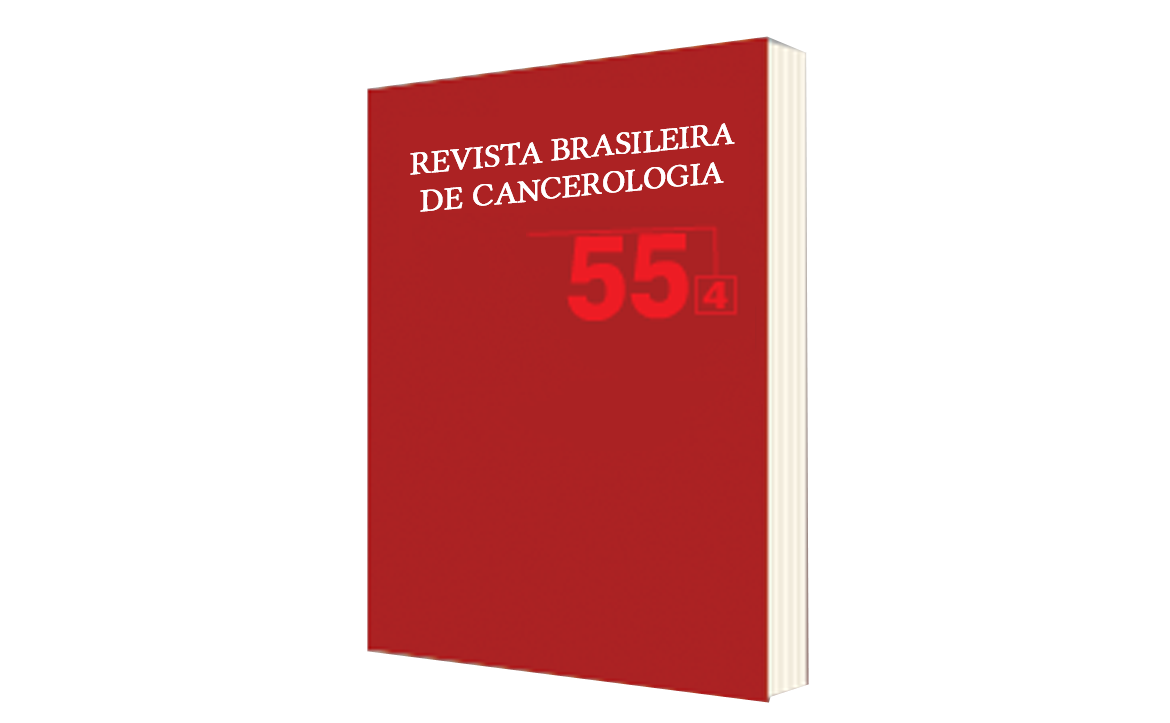Winged Scapula after Axillary Clearence in the Treatment of Breast Cancer
DOI:
https://doi.org/10.32635/2176-9745.RBC.2009v55n4.1600Keywords:
Lymph Node Excision, Axilla, Breast Neoplasms, Scapula, Postoperative Complications, Thoracic Nerves/InjuriesAbstract
Axillary lymphadenectomy for treating breast cancer may cause winged scapula, a surgical complication resulting from either partial or total lesion of the long thoracic nerve. This study aimed to discuss epidemiological aspects of winged scapula found in the literature. This is a systematic review focusing on epidemiological aspects of winged scapula after surgical treatment of breast cancer. Using either the descriptors "escapula alada" or "winged scapula", studies concerning this subject were searched in the Lilacs, Medline and Pubmed data bases within the previous ten years, as well as classic studies, cited by the authors. 43 papers were found; however, only three were related to epidemiological aspects of winged scapula after breast cancer treatment. Significant variation in the incidence of winged scapula ranging from 0.6 to 74.7% and following axillary lymphadenectomy was found. This variation is possibly due to different ways of evaluating this postsurgical abnormality. The greatest differences occur when different professionals are compared, whose criteria to detect winged scapula are different and, therefore, there is greater variation. In most cases the scapula spontaneously returns to its proper position after a few months (transient winged scapula).









